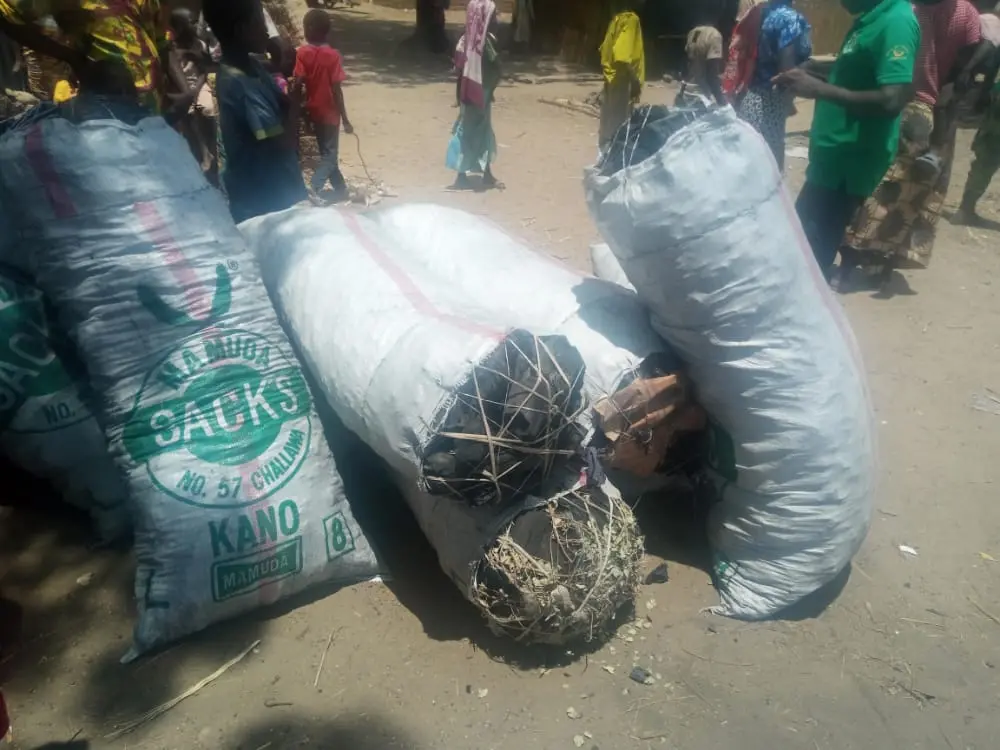This story excerpt was translated from French. To read the original story in full, visit Sciences Watch. You may also view the original story on the Rainforest Journalism Fund website here. Our website is available in English, Spanish, bahasa Indonesia, French, and Portuguese.
According to Ndjigba Jean David, the Regional Delegate of the Ministry of Forestry and Wildlife (Minfof) for the Far North Region in Cameroon, the use of charcoal is unavoidable in households in this geographical area: "Several studies have shown that 90 to 95% of the population uses wood or charcoal as a source of energy in households. Given the low standard of living, other sources of energy are expensive and rare," he says.

As a nonprofit journalism organization, we depend on your support to fund journalism covering underreported issues around the world. Donate any amount today to become a Pulitzer Center Champion and receive exclusive benefits!
But in order to preserve the forest resources of this ecologically fragile region, charcoal-making activities have been banned since 2001 by the administration. As an example, it is necessary to know that it takes about 7 trucks of fresh wood to produce 1 truck of charcoal, according to a local source. Only the cutting of dead wood is authorized and regulated, but unfortunately, it is not enough to supply households. According to Adama Djouldé, a resident of the Doualaré neighborhood located south of Maroua, "There is a lot of illegal charcoal in Maroua today. But it is rarely sold in public. The different actors know each other well. Wholesalers make deliveries to households late at night or early in the morning when the state control services are not active. The coal comes from all sides, wherever there are still some forests," he says.











